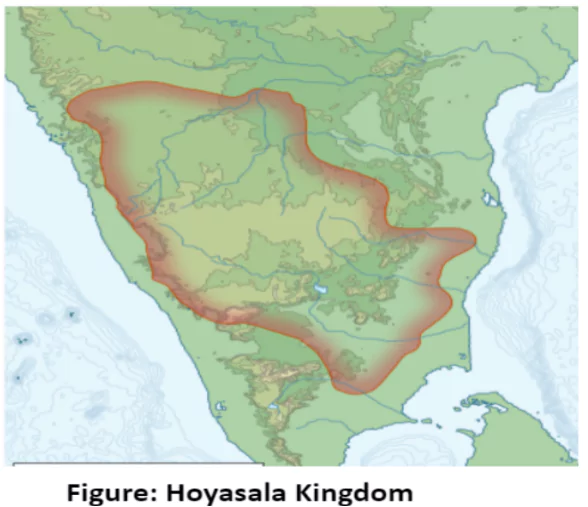![]() May 14, 2024
May 14, 2024
![]() 8933
8933
![]() 0
0
The Hoysala dynasty, founded by Sala in the 10th century, rose to prominence in South India, establishing a formidable empire known for its architectural marvels and literary patronage. With a capital at Dwarasamudra and renowned rulers like Vishnuvardhana and Ballala III, the Hoysalas expanded their territory, leaving a lasting impact on the region’s culture and history.
 Conflicts: They engaged in conflicts with the Yadavas and Pandyas.
Conflicts: They engaged in conflicts with the Yadavas and Pandyas.
| Must Read | |
| Current Affairs | Editorial Analysis |
| Upsc Notes | Upsc Blogs |
| NCERT Notes | Free Main Answer Writing |
The Hoysala dynasty, known for its remarkable architectural legacy, literary scene, and strategic alliances, played a significant role in shaping the cultural landscape of medieval South India. Despite facing challenges from external invasions, their collaboration with emerging powers like the Vijayanagara Empire ensured the preservation of their legacy and contributions to Indian heritage.
| Related Articles | |
| Artistic Fusion: Hoysala Temples Blending Styles in Karnataka | Chalukya Dynasty: Administration, Art, and Architecture |
| VIJAYANAGARA EMPIRE | Art & Culture |
<div class="new-fform">
</div>
Latest Comments